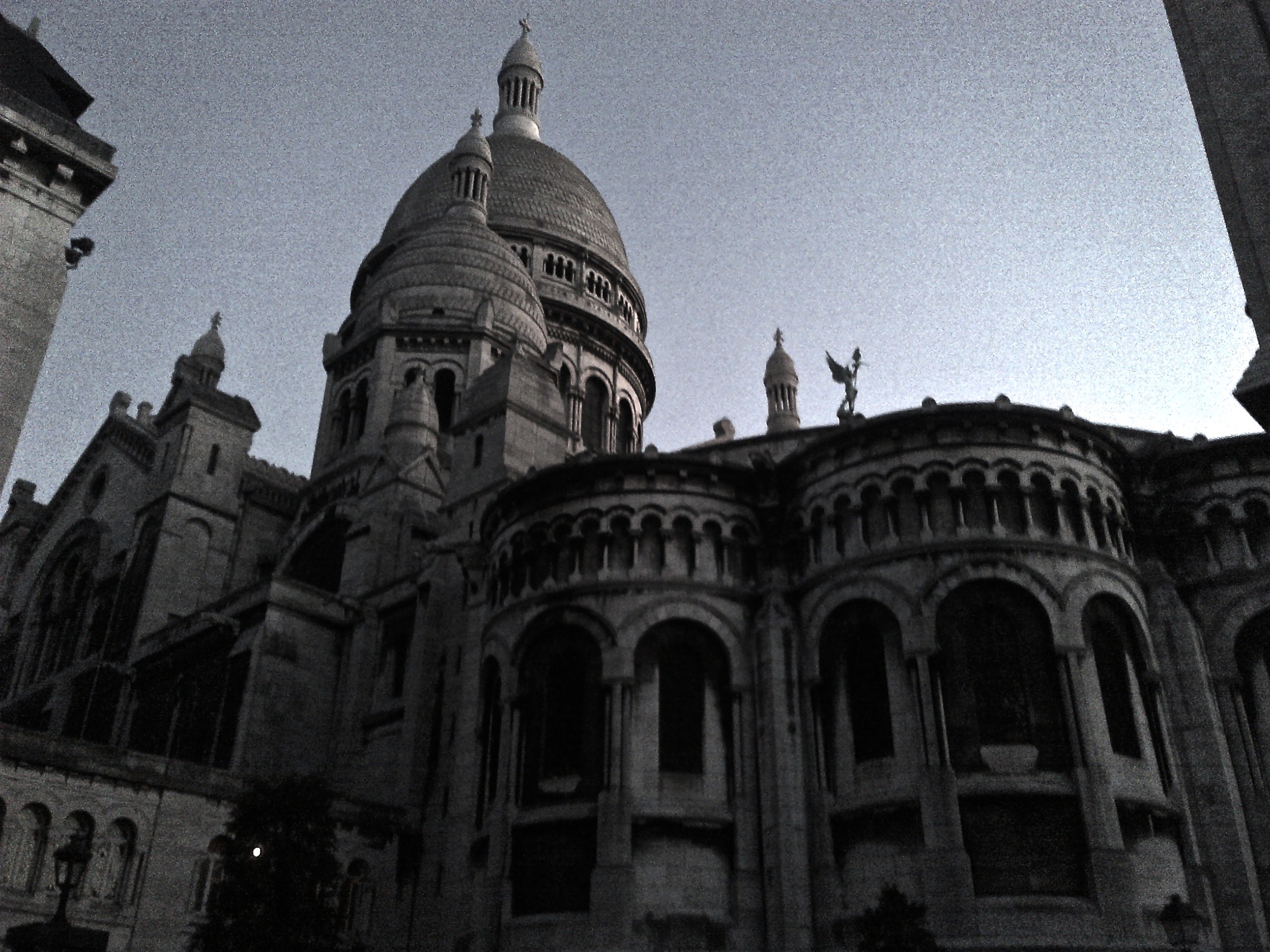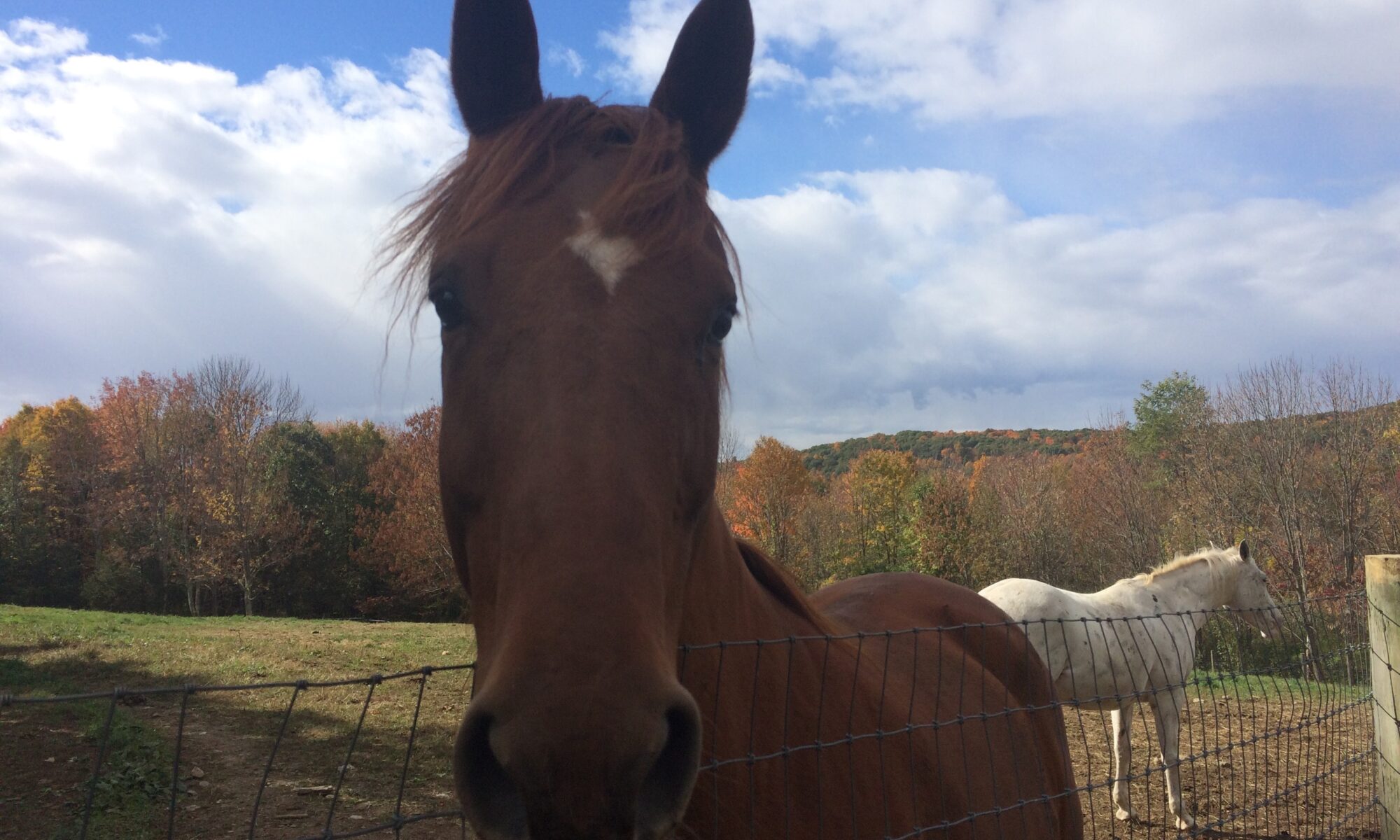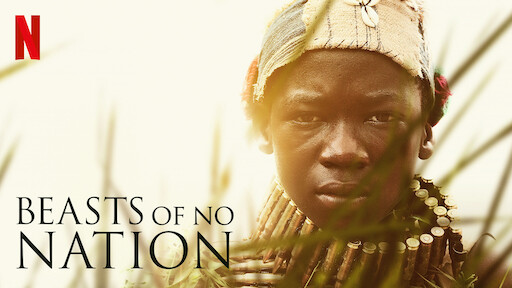Budapest, Hungary’s enchanting capital, offers a mix of history, vibrant culture, stunning architecture, and relaxing hot springs. Whether you’re walking along the Danube or exploring the city’s ruin pubs, Budapest delivers an unforgettable experience. Here’s your ultimate guide to making the most of your visit.

Where to Stay
We stayed in an Airbnb in Mikszáth Kálmán tér (District VIII), on the Pest side of the city—a perfect location for travelers. Staying on the Pest side is highly recommended for its accessibility to metro stations, tram lines, and attractions like the Central Market Hall. Our accommodation was steps away from Kálvin Tér Metro Station, restaurants, bars, and major sites, making it ideal for exploring the city.
For a cozy and central stay, consider options near the Central Market Hall or Deák Ferenc Tér, the main metro hub. If you’re traveling with a group, many spacious Airbnbs are available in this area. For more recommendations, check out The Culture Trip’s top places to stay.
Getting Around
From the Airport
The easiest way to reach the city is via the airport bus, which connects to the metro at its final stop. From there, take the metro into town. Simple and cost-effective!
Public Transportation
Consider purchasing the 48-hour Budapest Card, which includes free public transport and discounted entry to museums and attractions. Alternatively, opt for a 2- or 3-day transport card, which covers unlimited travel on the metro, buses, and trams. The city’s grid pattern and efficient public transport system make navigation a breeze—we didn’t need a cab the entire trip.
Top Things to Do
Day 1: Explore the Danube and Central Market
- Morning Stroll Along the Danube: Start at Deák Ferenc Tér and walk north along the river. Admire stunning views of the Buda side, including landmarks like the Fisherman’s Bastion and Castle Hill. End your walk at the iconic Chain Bridge.
- Holocaust Memorial and Market: A short walk from the Chain Bridge, the Holocaust Memorial is a poignant site. Behind it, explore a lively market with delicious food, live music, and unique souvenirs.
- Central Market Hall: Dive into Hungarian cuisine and pick up local treats. This historic covered market is perfect for shopping and sampling traditional dishes.
Nearby Attractions
- St. Stephen’s Basilica: A 10-minute walk southeast.
- Parliament Building: A 15-minute walk northwest.
- Great Synagogue: A 15-20 minute walk south.
Evening at the Opera House
Even if you’re not an opera fan, the Hungarian State Opera House is worth visiting for its breathtaking architecture. If possible, catch a performance—tickets are surprisingly affordable.
Day 2: Discover the Buda Side
- Chain Bridge to Castle Hill: Cross the Chain Bridge and hike up to Castle Hill, or take the charming funicular. At the top, visit:
- Buda Castle and National Gallery: Climb to the dome for the best panoramic view of Budapest.
- Matthias Church and Fisherman’s Bastion: A fairy-tale-like site with stunning architecture and views.
- Dracula’s Tunnels: If you’re intrigued by legends, explore the underground tunnels where Dracula was said to be held. A unique and eerie experience awaits.
Evening Relaxation: Hot Springs
After a day of walking, unwind in Budapest’s famous thermal baths. We visited a large, historic bathhouse at night—the warm water under the stars was magical. Bring a towel, sandals, and swimwear. For a livelier vibe, explore one of the trendy, music-filled bath parties.
Must-See Spots
- Andrássy Avenue: Stroll this UNESCO World Heritage Site, which ends at Heroes’ Square and the City Park. The avenue’s museums and gardens are perfect for culture enthusiasts.
- Ruin Pubs: Budapest’s iconic nightlife scene includes spots like Szimpla Kert, a quirky, partially underground bar with a fun (though not musical) vibe.
Food and Drink Recommendations
- Muzéum Café & Restaurant: Excellent Hungarian cuisine with a fancy yet affordable vibe.
- Pata Negra Tapas Bar: A cozy Spanish restaurant with great food.
- Stex Ház: A laid-back spot for hanging out with friends and enjoying decent food.
Insider Tips
- Budapest is a walkable city where you can stumble upon stunning architecture. Take time to wander!
- Stay near a metro stop, ideally on the Pest side for easy access to attractions.
- Don’t miss the hot springs and ruin pubs for a quintessential Budapest experience.
Budapest’s charm lies in its blend of old-world elegance and modern vibrancy. From the picturesque Buda side to the lively Pest side, this city has something for everyone. Pack your walking shoes and prepare to fall in love with Budapest!



